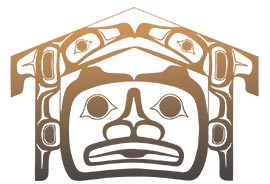The collections currently comprise approximately 12,000 items including about 6,000 books, 450 videos, 5,000 vertical file materials, curriculum resources, journals and newspapers, maps, posters, theses and dissertations, the G.A. (Bud) Mintz special collection, and some archival materials. The collections focus on First Nations in British Columbia, including contextual materials on Canadian First Nations, in addition to issues of national and international interest to First Nations and Indigenous peoples. X̱wi7x̱wa collects materials written from First Nations perspectives, such as materials produced by First Nations, First Nations organizations, tribal councils, schools, publishers, researchers, writers and scholars.
Featured collections
Different Forms of Artwork: Streaming Media
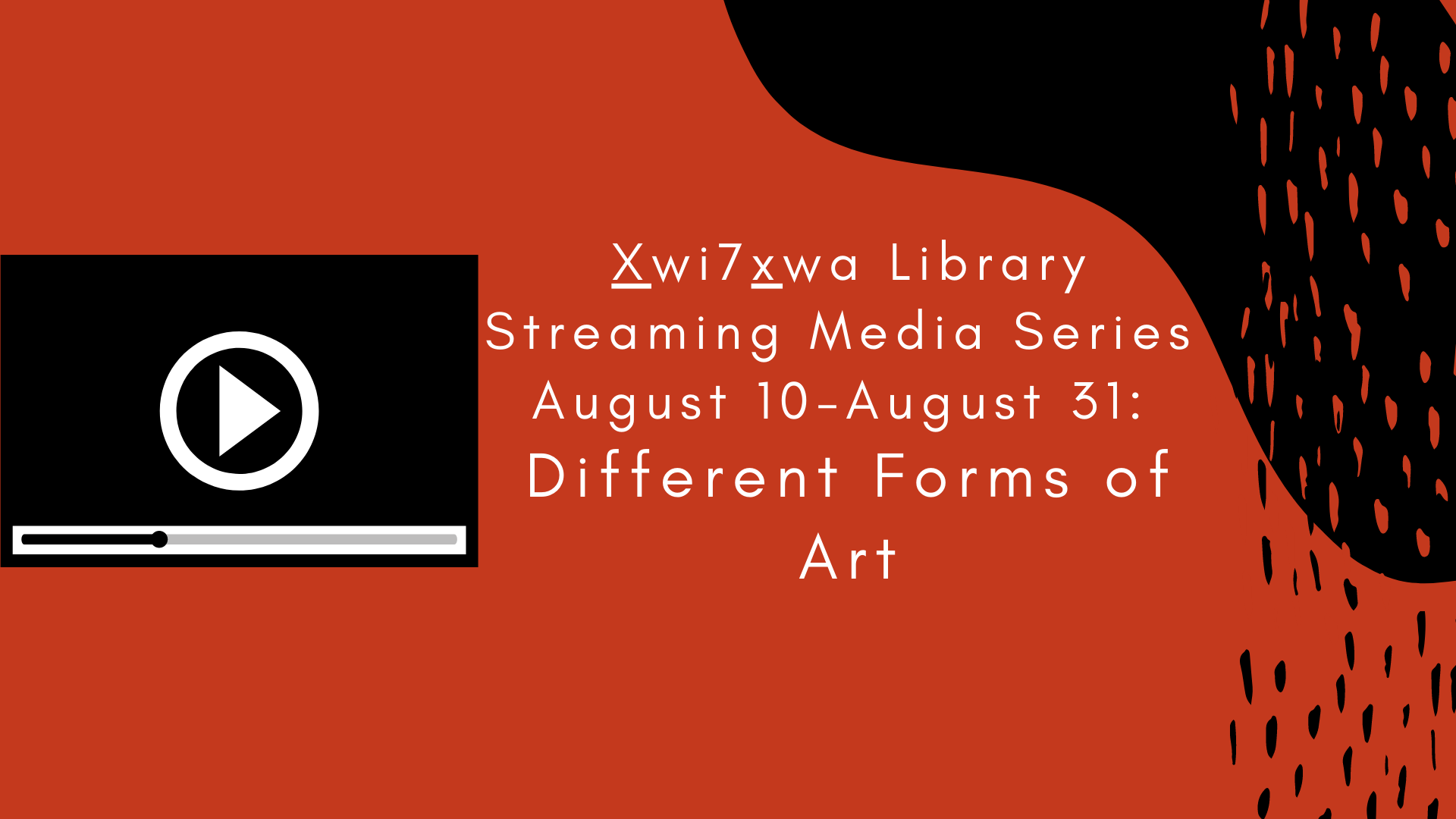
Artwork takes many different forms across cultures and across time. Xwi7xwa Library has a whole section of works of art books in our collection, but with the current pandemic, some of those books are not as easily available. Below, we’ve rounded up 12 different videos, streaming anytime on McIntyre Media through UBC Library, that illustrate the different forms of art in Indigenous cultures.
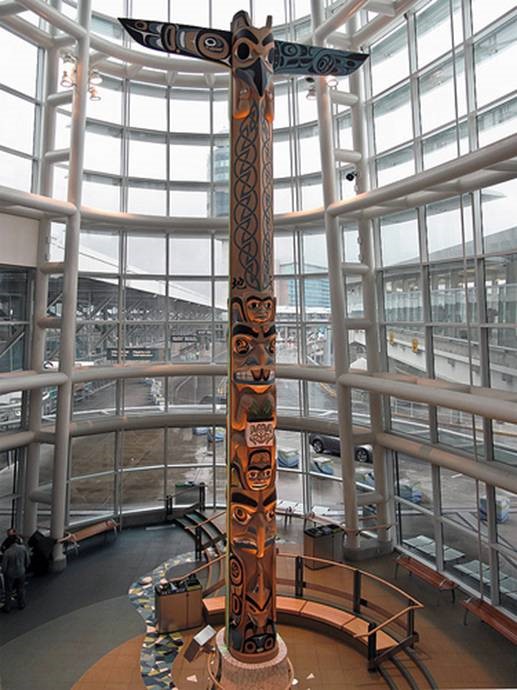
Making of a Haida Totem Pole is Kelvin Redvers’s portrayal of Don Yeomans is a contemporary Haida carver who was commissioned by the Vancouver Airport Art Foundation to make two 40 foot totem poles for the building linking domestic and international terminals at YVR. Follow the making of these unique poles-from log to installation-and listen to insight into the carver’s creative process, his relationship with family and culture, and his philosophy about art and tradition.
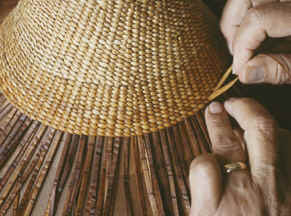
Carrying on the Tradition follows April Churchill and Gladys Vandal, highly gifted and talented Haida artists, both of whom have worked to preserve the Haida weaving tradition. The eldest daughter of legendary teacher Delores Churchill, April discusses why safeguarding tradition is important to her. Gladys Vandal also has roots deep in the basketry that grows out of the cedar tree.
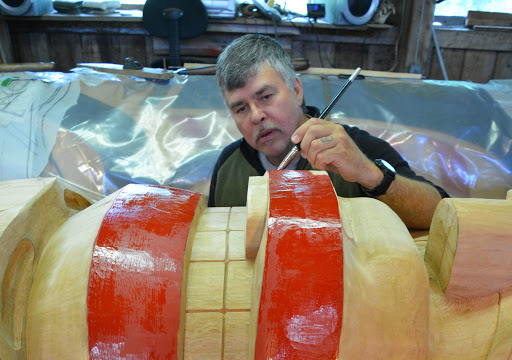
Argillite Carver is a documentary on artist Christian White who carves elaborate Haida stories, imbued with a sense of tradition, into an indigenous slate known as argillite in Masset, British Columbia . The mystery of his art, however, does not unfold until a quiet conversation about his latest panel pipe brings out his passion.
Cedar Hat Weaving tells the story of cedar, how the bark is stripped from the cedar tree and prepared for cedar weaving (hats) and discusses the art of cedar weaving and the affect this workshop had on the participants.
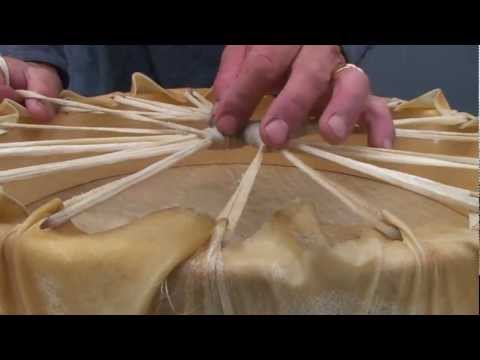
Art of Drum Making : First Nations making a Drum shows a step-by-step process on how to build a drum and shares stories and teachings taught by Jorge Lewis from the Snuneymuxw First Nation in B.C.
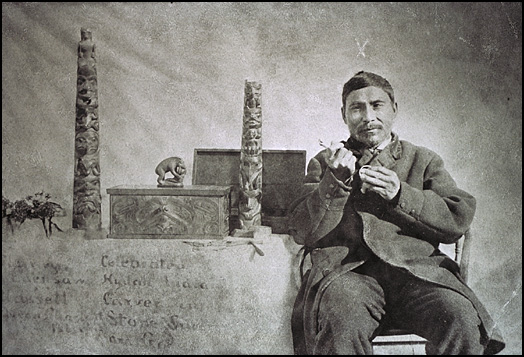
From Hand to Hand documents how Charles Edenshaw played an enormous role in preserving his people’s ancient art forms at a time when their very survival was in question. In this powerful documentary, his descendants Robert Davidson, Carmen Goertzen and Christian White, celebrated artists in their own right, discuss his legacy as Haida Elders have passed it down to them.
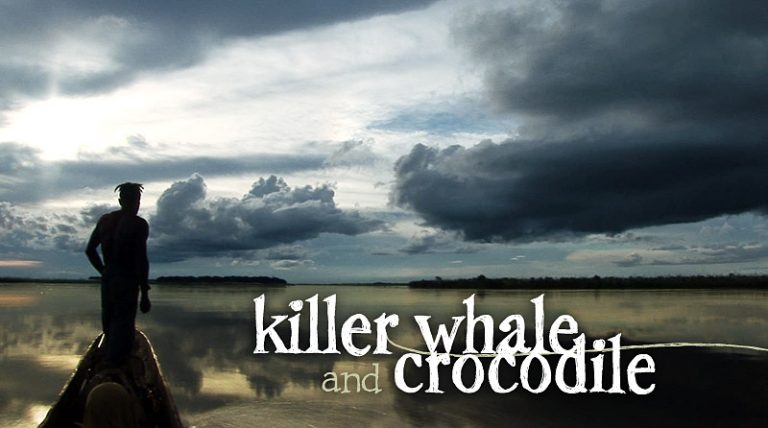
Killer Whale and Crocodile In this film, watch a First Nations carver from Canada travels into the jungles of Papua New Guinea and a New Guinea carver travels to urban Canada. Together, they share each other’s cultures and learn about the myths and legends that inform their individual artistic styles. The Coast Salish carvings include killer whales, ravens and eagles; the Sepik pieces include crocodiles, cassowaries and hornbills. But both speak of culture, tradition and art.
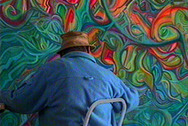
Life and Work of the Woodland Artists is a film on the work of the “Indian Group of Seven”, made up of First Nation artists Daphne Odjig, Norval Morrisseau, Jackson Beardy, Carl Ray, Joseph Sanchez, Eddy Cobiness and Alex Janvier. The film traces the pivotal transition in Canadian and Aboriginal consciousness of native art, created by the canvases of these artists, through candid interviews with the group’s surviving members, family members and art critics.
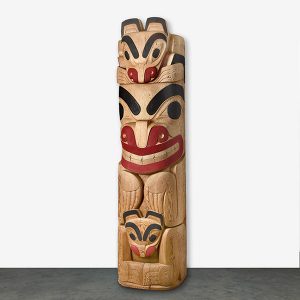
Modern room with wall and wooden floor.
New Masters features three leading carvers from the new generation, some of the last apprentices who worked with the late Haida Master Bill Reid. Tim Boyko and Garner Moody work out of the same carvers’ shed in Skidegate, British Columbia, a structure originally built by one of their elders. Working alone, Clayton Gladstone carves on wood and precious metals, and shares his views about contemporary and traditional art.
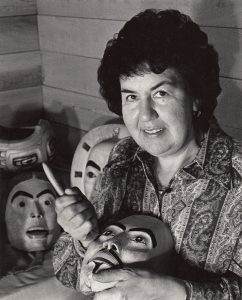
On the Trail of Property Woman tells the story of Freda Diesing, who in the 1960s was among the vanguard of Haida artists whose talents sparked a revival of her culture’s artwork. At the age of 42 she took up carving and established herself as not only an exceptional carver, but also an enthusiastic teacher and mentor.
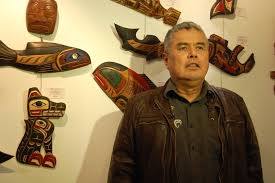
Portrait of a Mask Maker allows the viewer to join Reg Davidson in his studio to watch him carve and share his views about Haida art. Reg does not consider himself an artist, though he has produced an impressive body of work and enjoyed a demand for his many masks. A singer and dancer of Haida traditional compositions, his unique personality allows for a broad, often comical, theatrical presentation of dance.
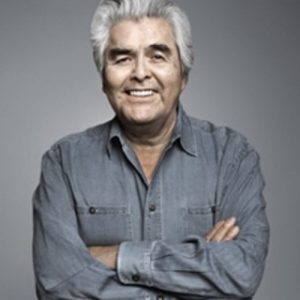
Robert Davidson: Eagle of the Dawn is a documentary about Guud San Glans (“Eagle of the Dawn” in Haida), or Robert Davidson, stands apart internationally with his innovative and staggering output of high art. In his quest to make beautiful objects, Robert has inspired a new approach to Haida art, becoming a master of several media and pursuing a lofty cultural objective.
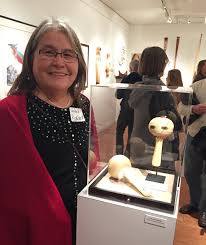
Spruce Root Weaver: Isabel Rorick takes the viewer to Masset B.C., where Isabel uses spruce roots to make some of the most intricate and beautiful hats and baskets in the Pacific Northwest. Related to both Florence Edenshaw Davidson and Selina Peratrovich, Isabel comes from a long line of artists. Her great-grandmother was the legendary weaver, Isabella Edenshaw. Taking a personal journey to North Beach on Haida Gwaii, Isabel harvests her own roots.
Haida jewelers follows Carmen Goertzen and Frank Paulson who are two contemporary carvers who specialize in silver and gold. Both are motivated to pursue jewelry making by a desire for independence. They discuss their own processes and inspirations, how Haida jewelry fits into the larger tradition Haida art, and in a highly competitive marketplace, the need to maintain a profile with the city’s galleries and private collectors.
Looking for more information on Indigenous artwork? Check out these resources below from UBC Library:
First Nations and Indigenous Art Research Guide from the Music, Art, & Architecture Library
Indigenous New Media Research Guide from Xwi7xwa Library
5 Two-Spirit And LGBTQIA+ Focused Streaming Videos
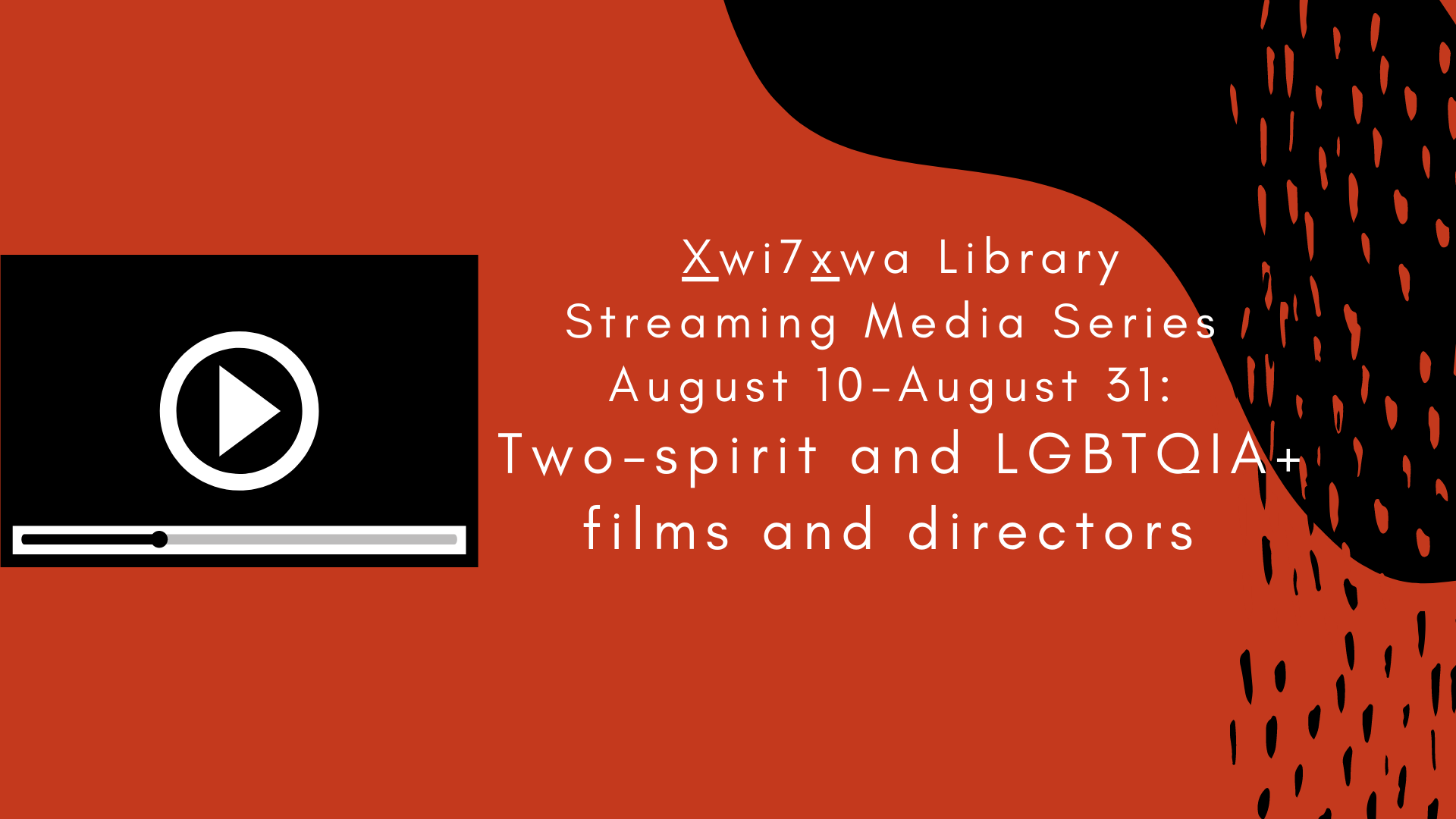
Have you streamed a documentary or film through UBC Library’s McIntyre Media subscription before? There are almost 200 videos that are Indigenous focused or produced on a variety of topics like art, language, education, and land use issues. Plus more! Below, we’ve rounded up 5 titles that are about two-spirit and LGBTQIA+ issues or created by two-spirit and LGBTQIA+ directors.
Visit X̱wi7x̱wa Library’s “Two-Spirit and Indigenous Queer Studies” research guide for more information on this subject.
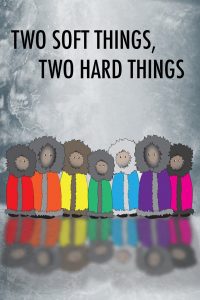
Two Soft Things, Two Hard Things documents a small group in Nunavut, Canada preparing for a seminal LGBT Pride celebration in the Arctic. The film explores how colonization and religion have shamed and erased traditional Inuit beliefs about sexuality and family structure and how, 60 years later, a new generation of Inuit are actively “unshaming” their past.
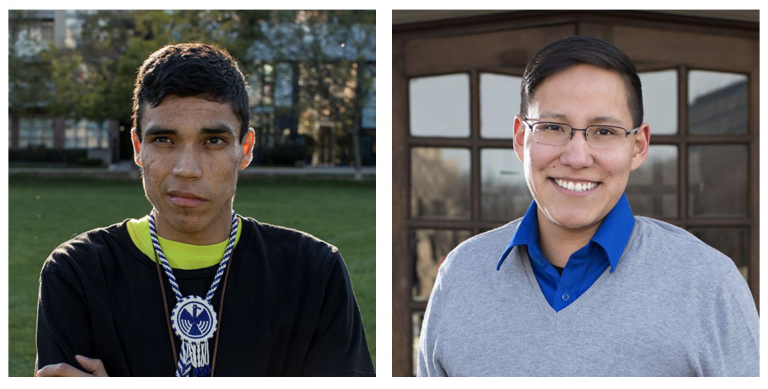
Michael Keshane (left) and Jack Saddleback (right), both featured in “Sex Spirit Strength.”
“Sex Spirit Strength follows Michael and Jack, two young Indigenous men, as they shed the stigma and shame associated with their sexual health and gender identity. Michael, a former addict who lived a high-risk lifestyle that left him with permanent scars, hopes his activism work will discourage other young people from going down the same path. Jack, a transgender gay man, is committed to bringing pride back to two-spirit identity through education and activism. With a compassionate lens, Sex Spirit Strength takes a candid look at the challenges and triumphs of these two brave young men as they reconcile their past, embrace their identities, and strive to make a positive difference in their communities.” –APTN Website.
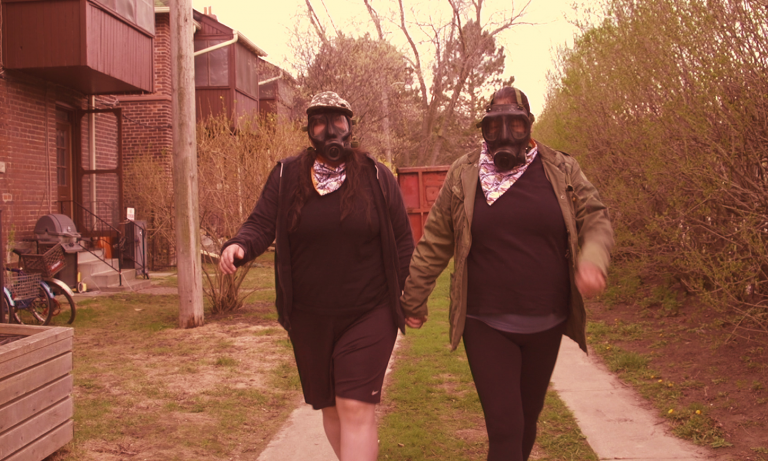
Still image from “Reclamation.”
“Reclamation” is a documentary-style imagining of a post-dystopic future in Canada after massive climate change, wars, pollution, and the after effects of the large scale colonial project which has now destroyed the land. When Indigenous people are left behind after a massive exodus by primarily privileged white settlers who have moved to Mars, the original inhabitants of this land cope by trying to restore and rehabilitate the beautiful planet they belong to. Starring Lacey Hill, Cherish Violet Blood, and Elwood Jimmy, these three 2 Spirit people describe the reclamation projects they are a part of including community gardens, farms of abandoned cows, The Baby Club daycare, and educational projects. Tinged with bitterness at colonization, these hopeful people are also wary of the possibility of the colonizers returning after all is cleaned up”. — vtape website
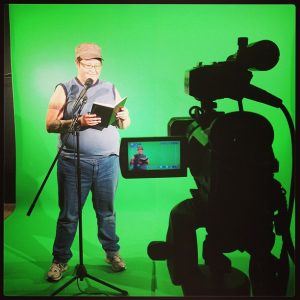
Thirza Cuthand.
In My Sister, two thoughtful young friends openly discuss their relationship with their sisters, both of whom are mentally challenged. A film by Thirza Cuthand. X̱wi7x̱wa Library also streams several other films by Thirza Cuthand through McIntyre Media. Check out X̱wi7x̱wa Library’s list of streaming media to find more.

Promotional image for “Casualties of Modernity.”
In Casualties of Modernity celebrity artist and humanitarian Miss Chief Eagle Testickle (Kent Monkman) tours a hospital specializing in the treatment of conditions afflicting Modern and Contemporary Art. Led by the Doctor of Fine Arts (Quinton Neufeldt), and closely supervised by the no-nonsense head Nurse (Gillian Edwards), Miss Chief encounters romance, tragedy and triumph. X̱wi7x̱wa Library also streams several other films by Kent Monkman through McIntyre Media. Check out X̱wi7x̱wa Library’s list of streaming media to find more.
Xwi7xwa Spotlight: Memoirs
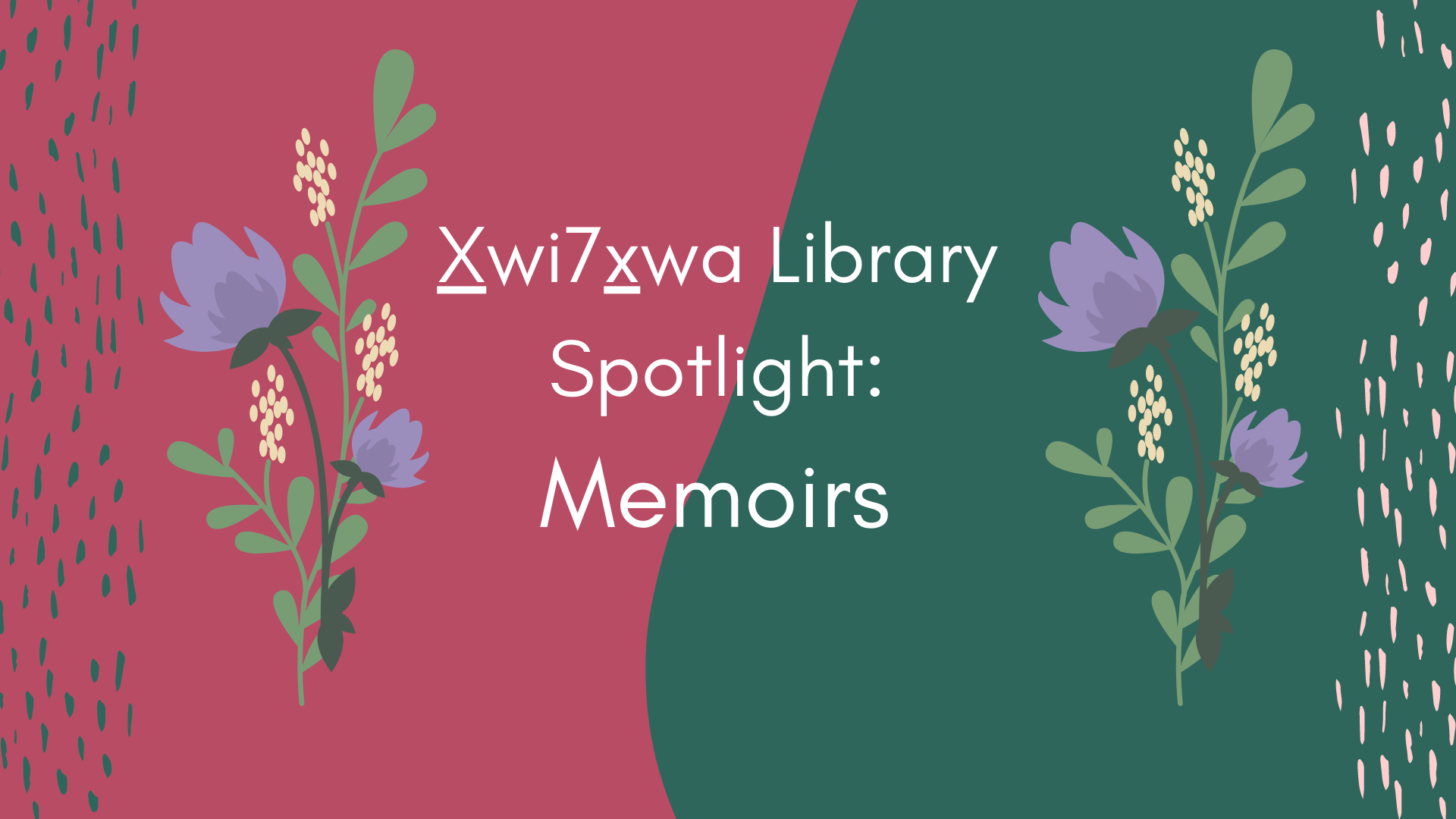
Being able to tell your own story is powerful. Below, we have pulled out a few memoirs we have at Xwi7xwa Library and available online through UBC catalogue that illustrate the power of Indigenous People telling their own stories.
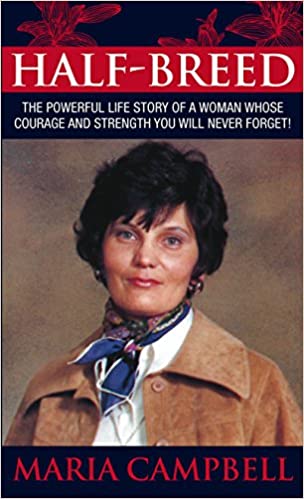
Halfbreed by Maria Campbell depicts the realities that Campbell endured and, above all, overcame. Maria was born in Northern Saskatchewan, her father the grandson of a Scottish businessman and Métis woman–a niece of Gabriel Dumont whose family fought alongside Riel and Dumont in the 1885 Rebellion; her mother the daughter of a Cree woman and French-American man. This extraordinary account, originally published in 1973, bravely explores the poverty, oppression, alcoholism, addiction, and tragedy Maria endured throughout her childhood and into her early adult life, underscored by living in the margins of a country pervaded by hatred, discrimination, and mistrust.
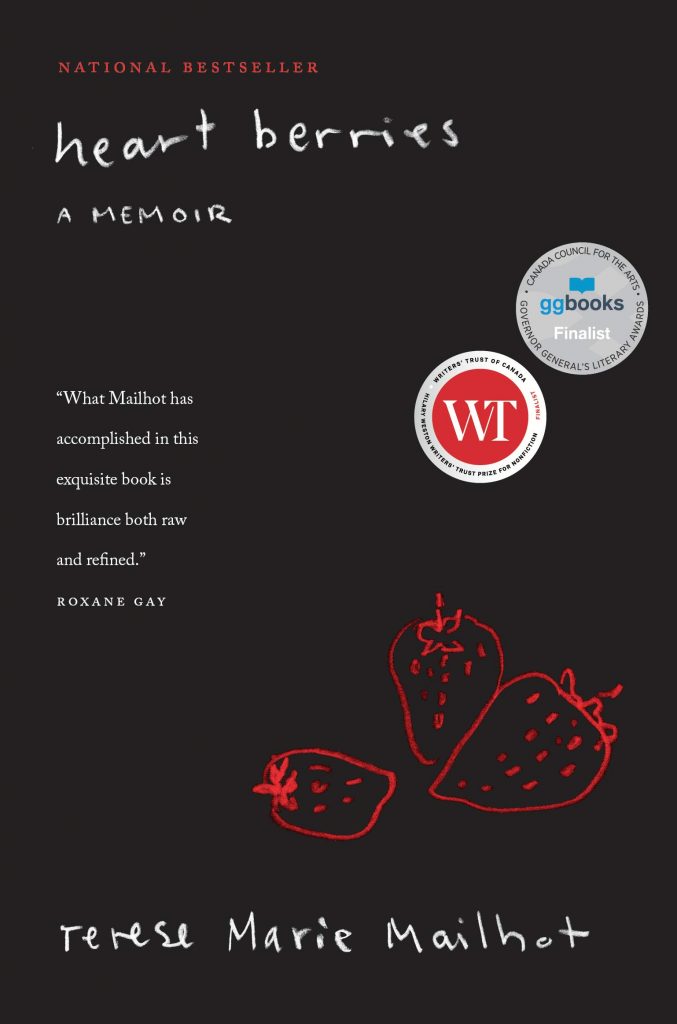
Heart Berries: A Memoir by Terese Marie Mailhot is a powerful, poetic memoir of a woman’s coming of age on the Seabird Island Indian Reservation in the Pacific Northwest. Having survived a profoundly dysfunctional upbringing only to find herself hospitalized and facing a dual diagnosis of post traumatic stress disorder and bipolar II disorder; Terese Marie Mailhot is given a notebook and begins to write her way out of trauma.
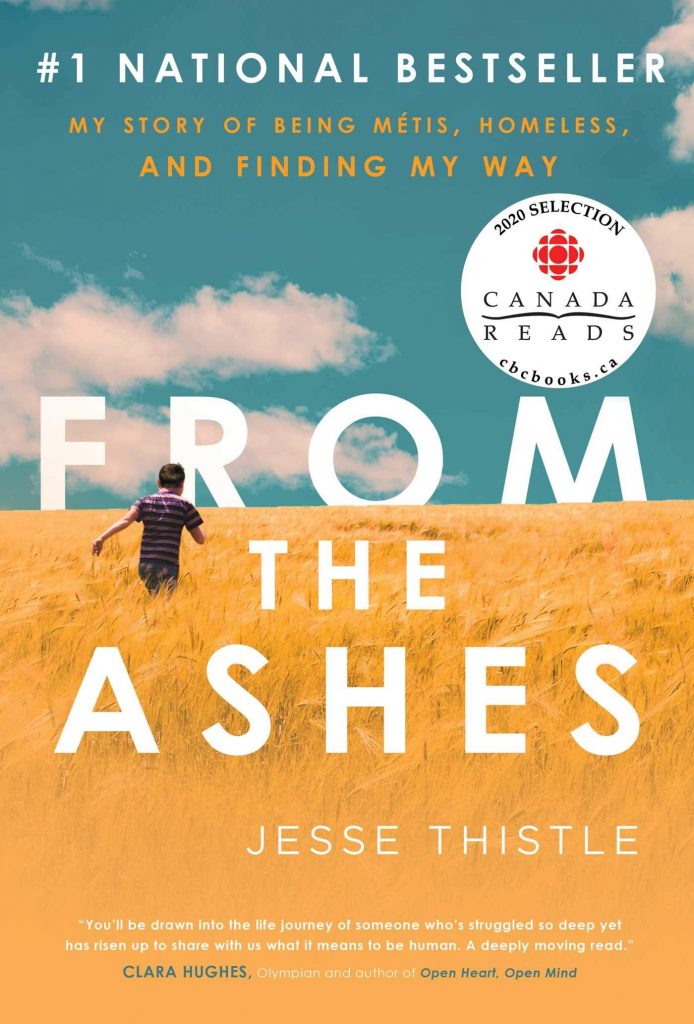
From the Ashes: My Story of Being Métis, Homeless, and Finding My Way by Jesse Thistle is the winner of the 2020 Indigenous Voices-Memoir category. It is an heartwarming and heartbreaking exploration of what it means to live in a society surrounded by prejudice and racism and to be cast adrift, and in the end, about how love and support can help one find happiness despite the odds.
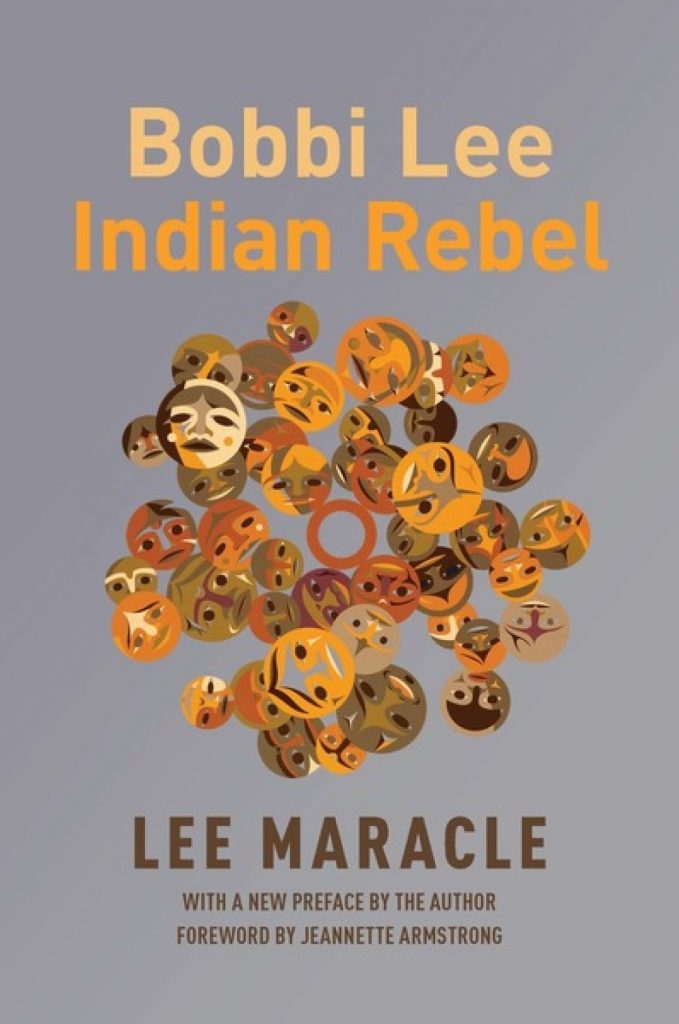
Bobbi Lee, Indian Rebel by Lee Maracle is a gritty portrait of a turbulent home life and harrowing adventures on the road, from the mud flats of North Vancouver to the farm fields of California and the fringes of the hippie subculture in Toronto. Renowned author Lee Maracle’s groundbreaking biographical novel captures the spirit of Indigenous resistance during the Red Power movement of the 60s and 70s, chronicling a journey towards political consciousness in the movement for self-determination.
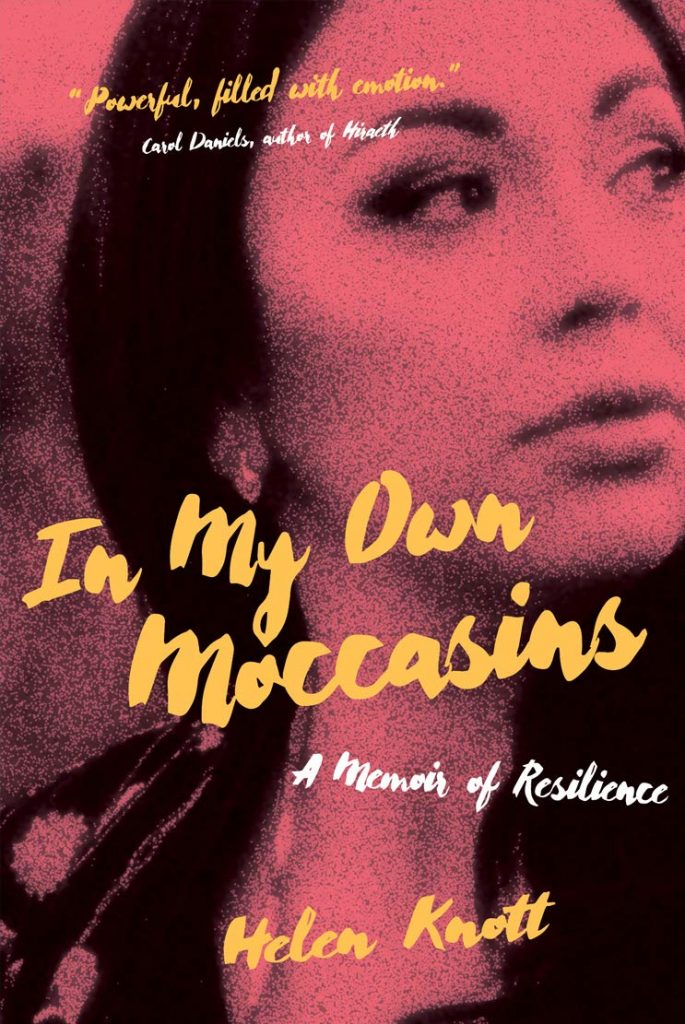
In My Own Moccasins: A Memoir of Resilience by Helen Knott is an unflinching account of addiction, intergenerational trauma, and the wounds brought on by sexual violence. It is also the story of sisterhood, the power of ceremony, the love of family, and the possibility of redemption.
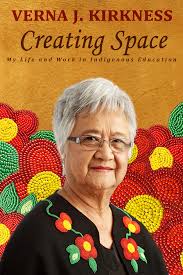
Creating Space: My Life and Work in Indigenous Education by Verna J. Kirkness reveals the challenges and misgivings, the burning questions, the successes and failures that have shaped the life of this extraordinary woman and the history of Indigenous education in Canada.
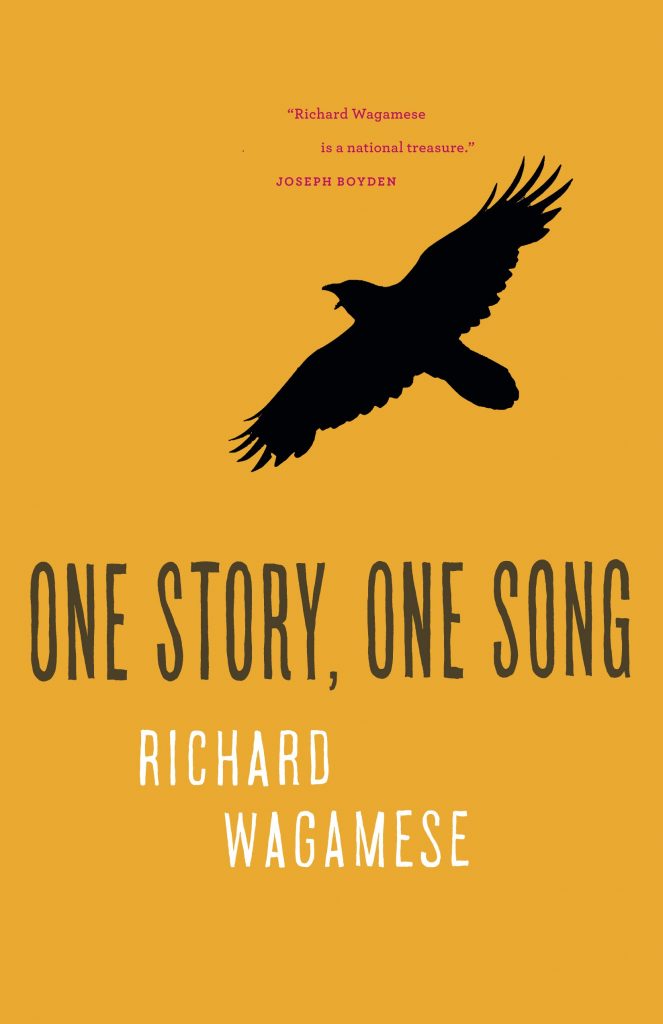
One Story, One Song by Richard Wagamese invites readers to accompany him on his travels. His focus is on stories: how they shape us, how they empower us, how they change our lives. Ancient and contemporary, cultural and spiritual, funny and sad, the tales are grouped according to the four Ojibway storytelling principles: balance, harmony, knowledge and intuition.
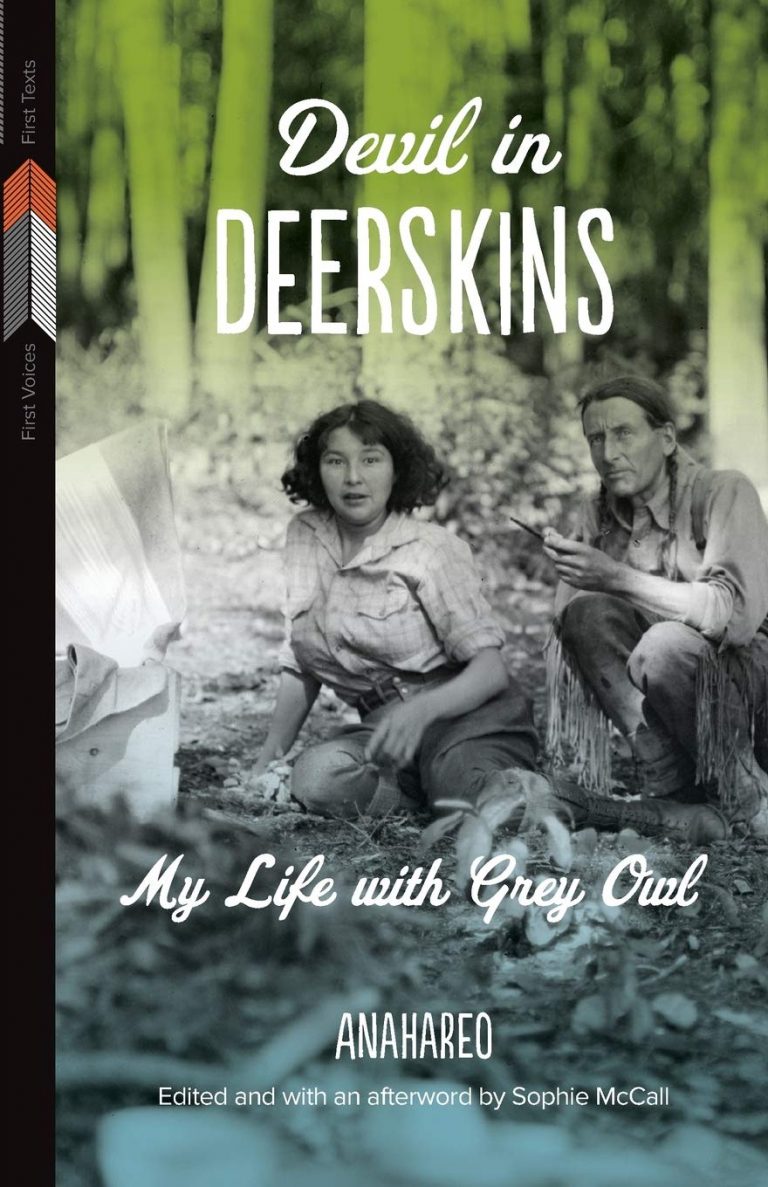
Devil in Deerskins: My Life with Grey Owl by Anahareo; edited by Sophie McCall captures Anahareo’s and her husband Grey Owl’s extensive travels through the bush and their work towards environmental and wildlife protection. This autobiography covers the daily life of an extraordinary Mohawk woman whose independence, intellect, and moral conviction had direct influence on Grey Owl’s conversion from trapper to conservationist.
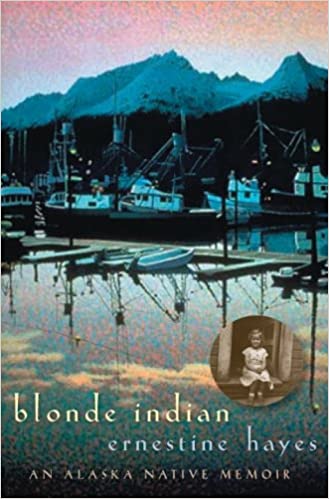
Blonde Indian: An Alaska Native Memoir by Ernestine Hayes is told in layers that blend Indigenous stories and metaphor with social and spiritual journeys, this enchanting memoir traces the author’s life from her difficult childhood growing up in the Tlingit community, through her adulthood, during which she lived for some time in Seattle and San Francisco, and eventually to her return home.
Spotlight: Botanicals & Natural Connections
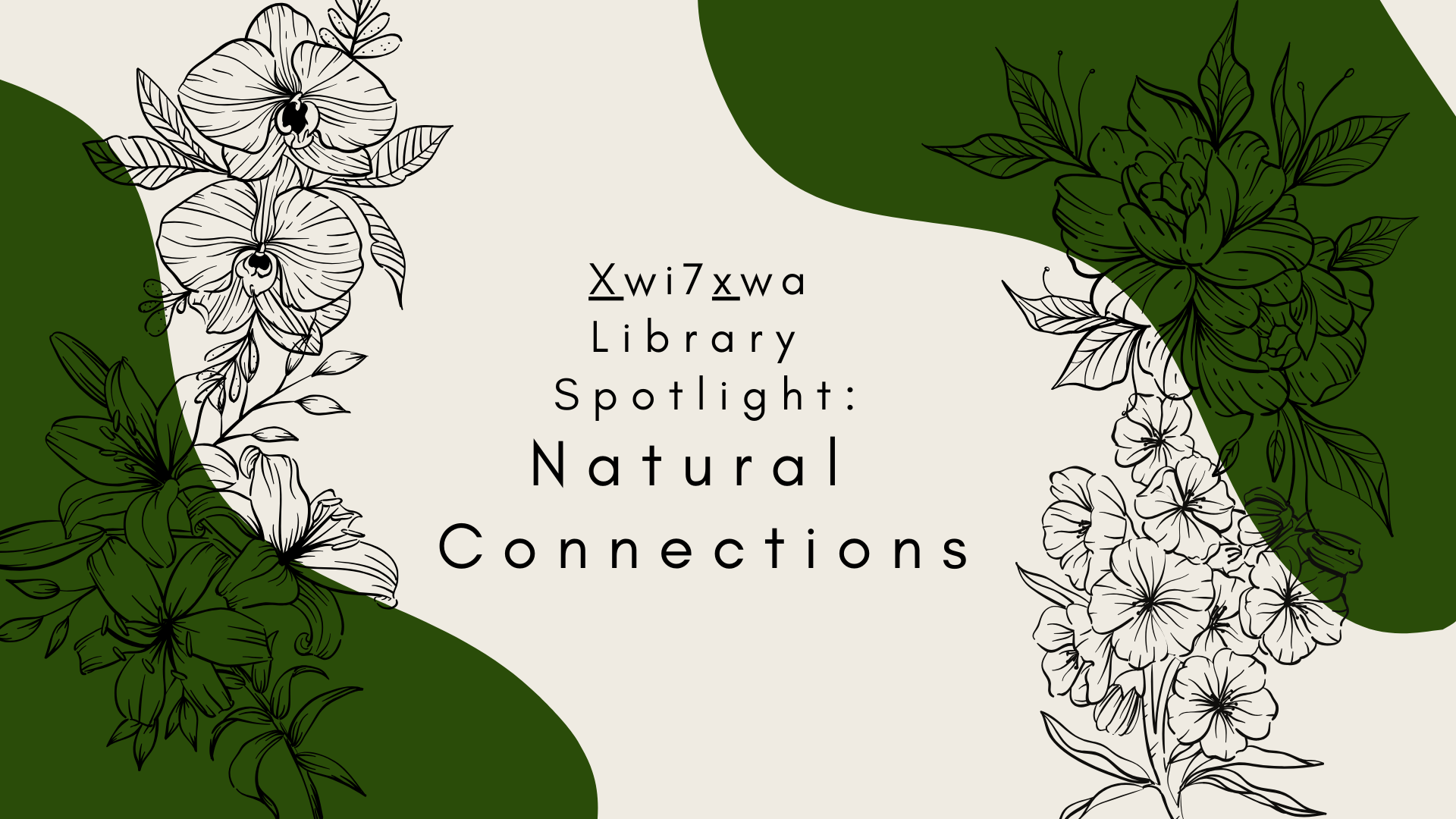 With the summer comes more time for being on the land and participating in fun activities, like hiking, socially distanced picnics, trips to local campgrounds, and new readings! Xwi7xwa has found inspiration from #Skwalawenreads who celebrates local ancestral plant relationships and Squamish culture. We’ve made a few additions but hope this list of books helps you feel a connection to the nature around us!
With the summer comes more time for being on the land and participating in fun activities, like hiking, socially distanced picnics, trips to local campgrounds, and new readings! Xwi7xwa has found inspiration from #Skwalawenreads who celebrates local ancestral plant relationships and Squamish culture. We’ve made a few additions but hope this list of books helps you feel a connection to the nature around us!
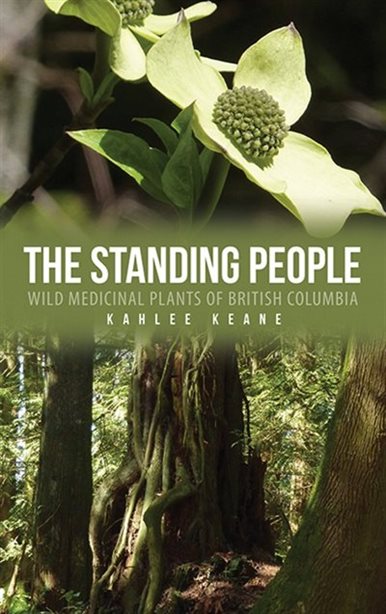
The Standing People: Wild Medicinal Plants of British Columbia
by Kahlee Keane explores the medicinal plants in different parts of BC and how they are used through the lens of the herbalist author.
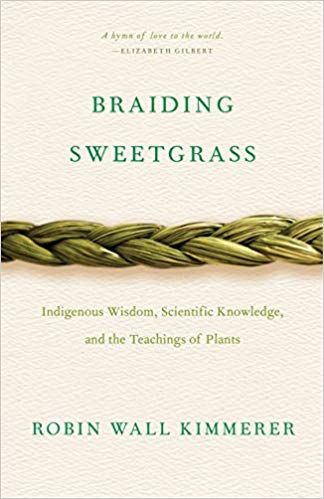
Braiding Sweetgrass by Robin Wall Kimmerer is a Potawatomi woman who considers plants and animals to be our oldest teachers. She believes these teachers help us understand what it means for humans to be “the younger brothers of creation.” Throughout the book, she circles toward a central argument: the awakening of a wider ecological consciousness requires the acknowledgement and celebration of our reciprocal relationship with the world.
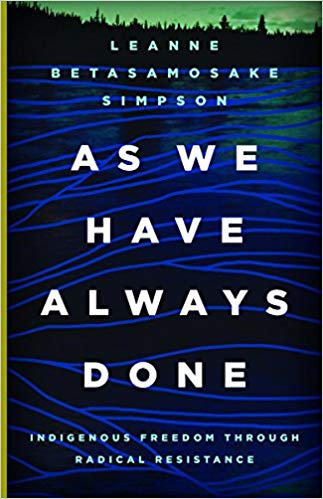
As We Have Always Done: Indigenous Freedom through Radical Resistance by Leanne Betasamosake Simpson locates Indigenous political resurgence as a practice rooted in uniquely Indigenous theorizing, writing, organizing, and thinking. Indigenous resistance is a radical rejection of contemporary colonialism focused around refusing the dispossession of Indigenous bodies and land.
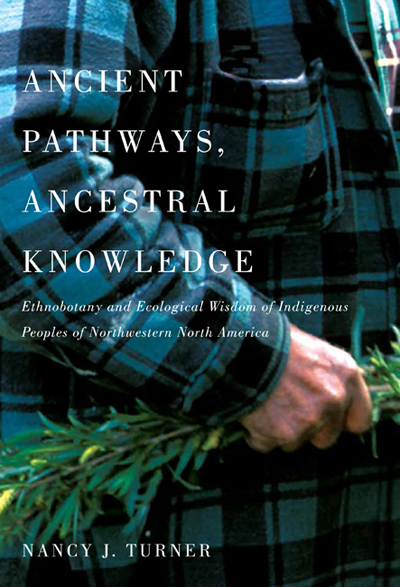
Ancient Pathways, Ancestral Knowledge: Ethnobotany and Ecological Wisdom of Indigenous Peoples of Northwestern North America by Nancy J. Turner is two volumes that follows Indigenous People throughout time, showing how they actively participated in their environments, managed and cultivated valued plant resources, and maintained key habitats that supported their dynamic cultures for thousands of years, as well as how knowledge was passed on from generation to generation and from one community to another.
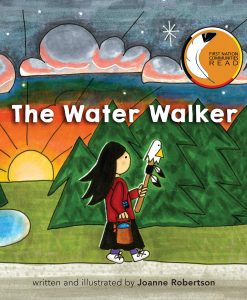
The Water Walker written and illustrated by Joanne Robertson is the story of a determined Ojibwe Grandmother (Nokomis) Josephine Mandamin and her great love for Nibi (Water).
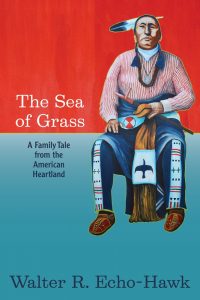
The Sea of Grass: a Family Tale from the American Heartland by Walter R. Echo-Hawk is a historical fiction novel inspired by real people and events that were shaped by the land, animals, and plants of the Central Plains and by the long sweep of Indigenous history in the grasslands.
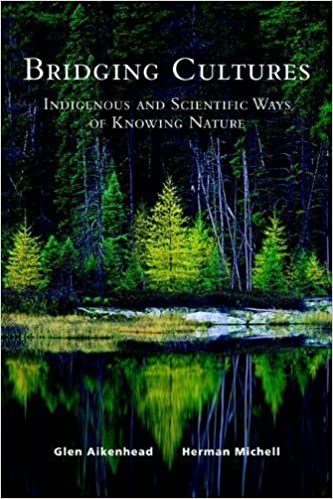
Bridging Cultures: Scientific and Indigenous Ways of Knowing Nature by Glen Aikenhead & Herman Michell addresses the need for environmental science and science educators to embrace traditional Indigenous knowledge in a straight-forward and accessible manner.
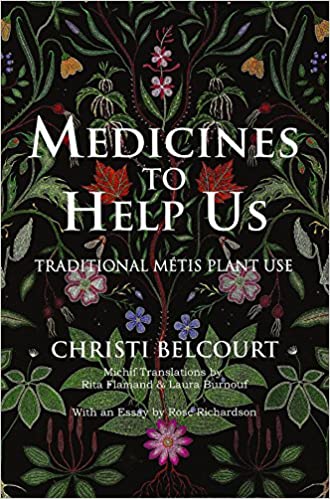
Medicines to Help Us: Traditional Métis Plant Use by Christi Belcourt and Michif translations by Rita Flamand & Laura Burnouf helps readers understand and find their own awareness of the healing power of plants that is a life force generated from the strength of Mother Earth. It fuses Belcourt’s evocative artwork with Indigenous Traditional Knowledge and Western Science.
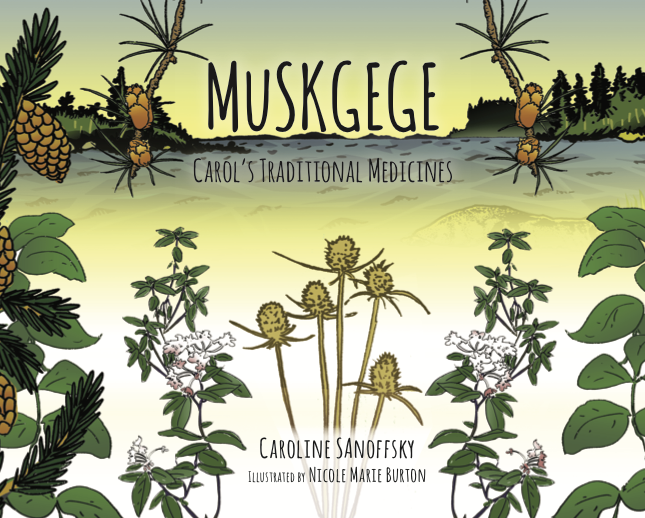
Muskgege: Carol’s Traditional Medicines by Caroline Sanoffsky and illustrated by Nicole Marie Burton is written for grades K-8 students featuring descriptions and illustrations of 36 wild plants that can be used to make medicines.
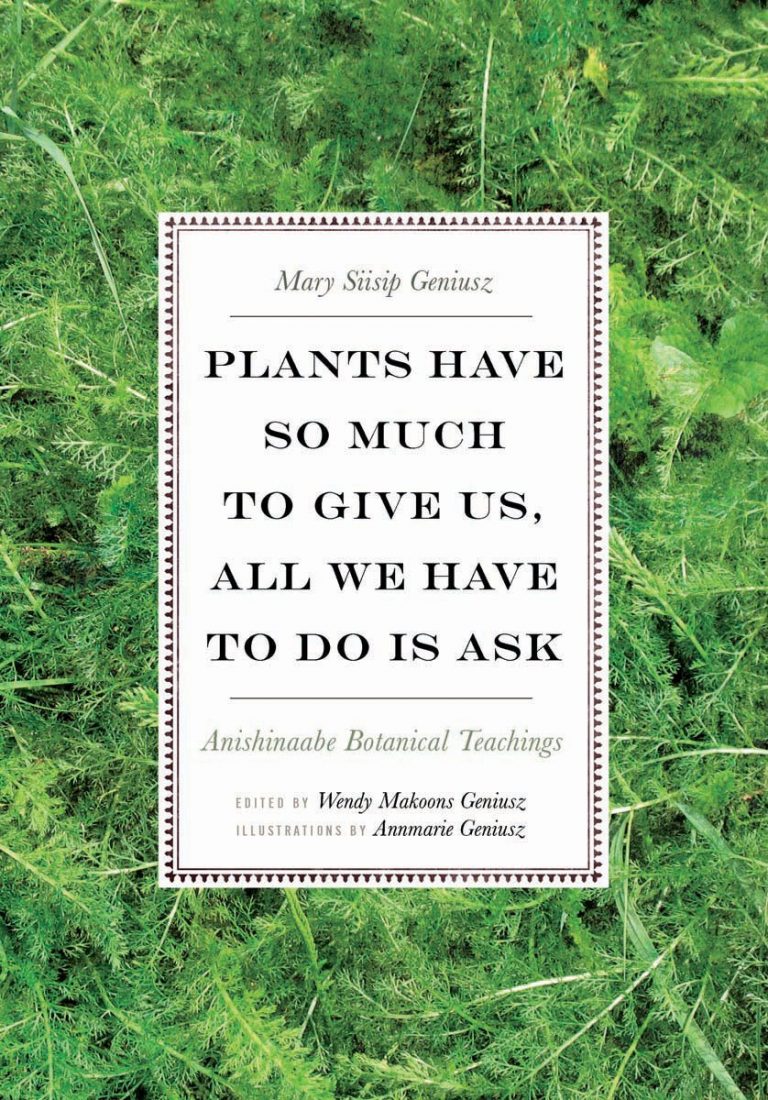
Plants Have So Much to Give Us, All We Have to Do is Ask by Mary Siisip Geniusz is a book of Anishinaabe teachings, recipes, and botanical information told in the form of stories that brings the plants to life with narratives that explain their uses, meaning, and history.
Looking for more suggestions? Email us at xwi7xwa.library@ubc.ca with some more information on what you’re looking for and we’ll give you suggestions!
MMIWG Inquiry One Year Anniversary
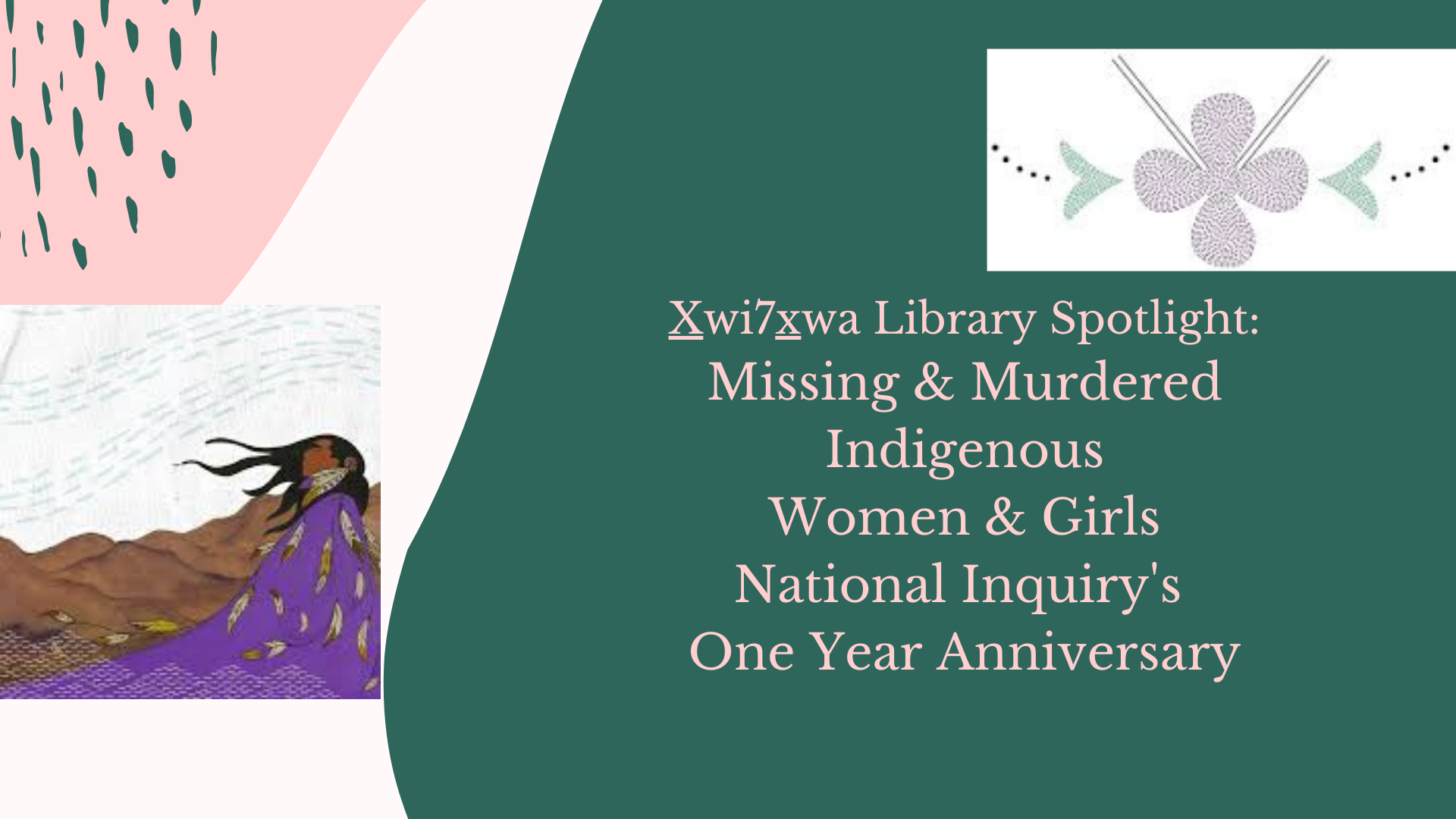 On June 3rd, 2019, The National Inquiry into Missing and Murdered Indigenous Women and Girls’s Final Report revealed that persistent and deliberate human and Indigenous rights violations and abuses are the root cause behind Canada’s staggering rates of violence against Indigenous women, girls and 2SLGBTQQIA people. In honour of the women, girls, and 2SLGBTQQIA people who continue to go missing and are murdered in Canada and the US, we have put together this list of online resources & books available either freely online or through your UBC CWL login.
On June 3rd, 2019, The National Inquiry into Missing and Murdered Indigenous Women and Girls’s Final Report revealed that persistent and deliberate human and Indigenous rights violations and abuses are the root cause behind Canada’s staggering rates of violence against Indigenous women, girls and 2SLGBTQQIA people. In honour of the women, girls, and 2SLGBTQQIA people who continue to go missing and are murdered in Canada and the US, we have put together this list of online resources & books available either freely online or through your UBC CWL login.
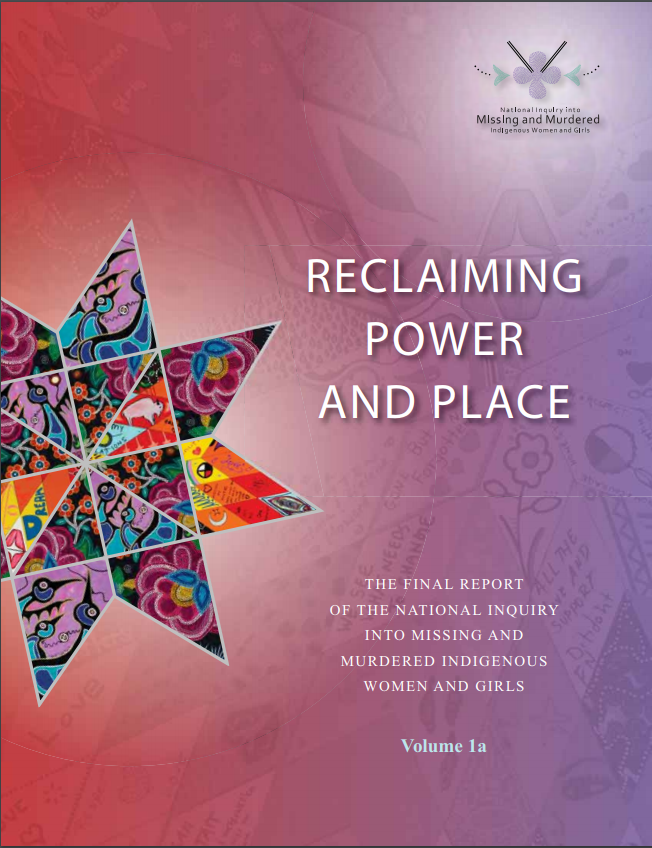
The Final Report is comprised of the truths of more than 2,380 family members, survivors of violence, experts and Knowledge Keepers shared over two years of cross-country public hearings and evidence gathering. It delivers 231 individual Calls for Justice directed at governments, institutions, social service providers, industries and all Canadians.
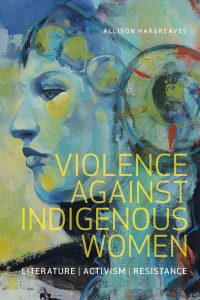
Violence against Indigenous Women: Literature, Activism, Resistance by Allison Hargreaves
Indigenous communities have been organizing against violence since newcomers first arrived, but the cases of missing and murdered womenhave only recently garnered broad public attention. Violence AgainstIndigenous Women joins the conversation by analyzing the socially interventionist work of Indigenous women poets, playwrights, filmmakers, and fiction-writers. Organized as a series of case studies that pair literary interventions with recent sites of activism and policy-critique, the book puts literature in dialogue with anti-violence debate to illuminate new pathways toward action.
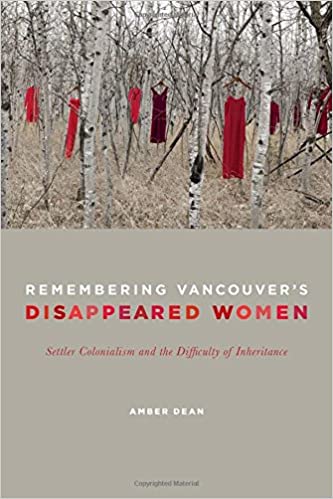
Remembering Vancouver’s Disappeared Women: Settler Colonialism and the Difficulty of Inheritance by Amber Dean
In a work driven by the urgency of this ongoing crisis, which extends across the country, Amber Dean offers a timely, critical analysis of the public representations, memorials, and activist strategies that brought the story of Vancouver’s disappeared women to the attention of a wider public. Remembering Vancouver’s Disappeared Women traces “what lives on” from the violent loss of so many women from the same neighbourhood.
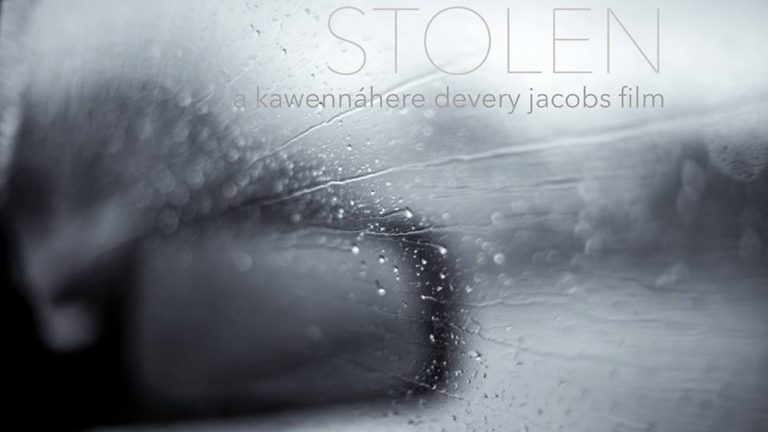
Stolen directed by Kawennáhere Devery Jacobs
For the size of their population, Aboriginal women in Canada account for an incredibly overrepresented percentage of missing persons and murder statistics. Sheena, a lost teenager, is placed in a girl’s home. Seemingly forgotten and yearning for a life of freedom, she runs away, only to be picked up by a dangerous stranger. The directorial debut by actor Kawennáhere Devery Jacobs is a sober commentary of missing Indigenous women.
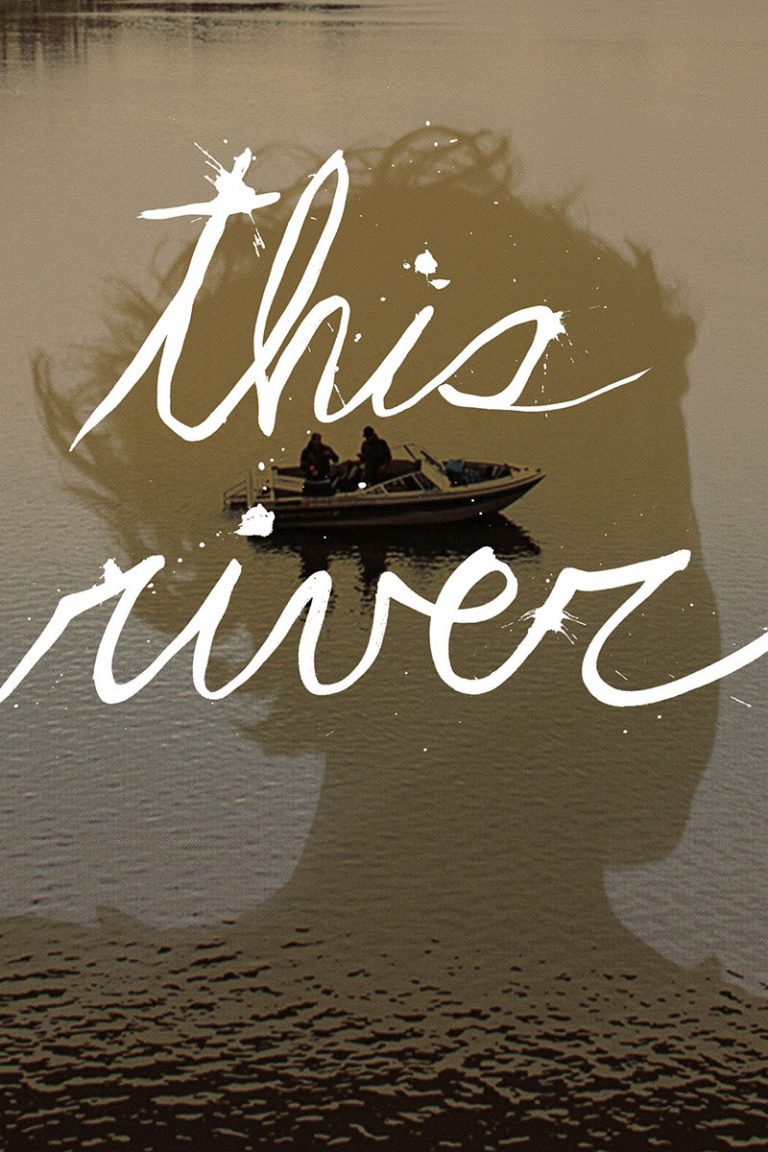
this river directed by Erika MacPherson and Katherena Vermette
This short documentary offers an Indigenous perspective on the devastating experience of searching for a loved one who has disappeared. Volunteer activist Kyle Kematch and award-winning writer Katherena Vermette have both survived this heartbreak and share their histories with each other and the audience. While their stories are different, they both exemplify the beauty, grace, resilience, and activism born out of the need to do something.
For the 2017 pow wow, 17-year-old jingle dancer Tia Wood of Saddle Lake Cree Nation, Alberta was selected as Head Young Lady Dancer. She used that position, and the spotlight it provided in a spectacular way to bring attention to the nearly 1,000 missing and murdered indigenous women from both the United States and Canada.
